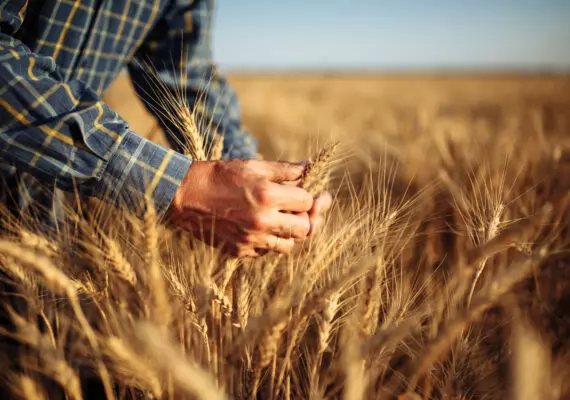
Calcium is one of the most important macronutrients in fertilizers, which affects the improvement of soil conditions, such as soil structure, organic matter content, or pH. It is also essential for the growth and development of cultivated plants. This element conditions the proper course of physiological processes occurring in the plant, which absorbs from 20 to even 200 kg of Ca per hectare of cultivation (Table 1).
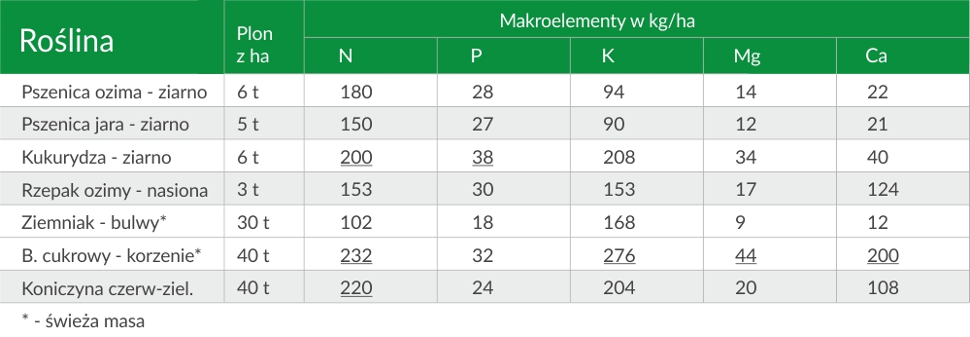
Cyclic calcium application in fertilizing Polish crops is particularly important because the soils on which we conduct plant production have been formed from heavily eroded and sorted glacial clays and sands during the Pleistocene period. They are to varying degrees acidic (Table 2) and deficient in nutrients necessary for plants (Krasowicz et al., 2011; Mocek and Owczarzak, 2010).
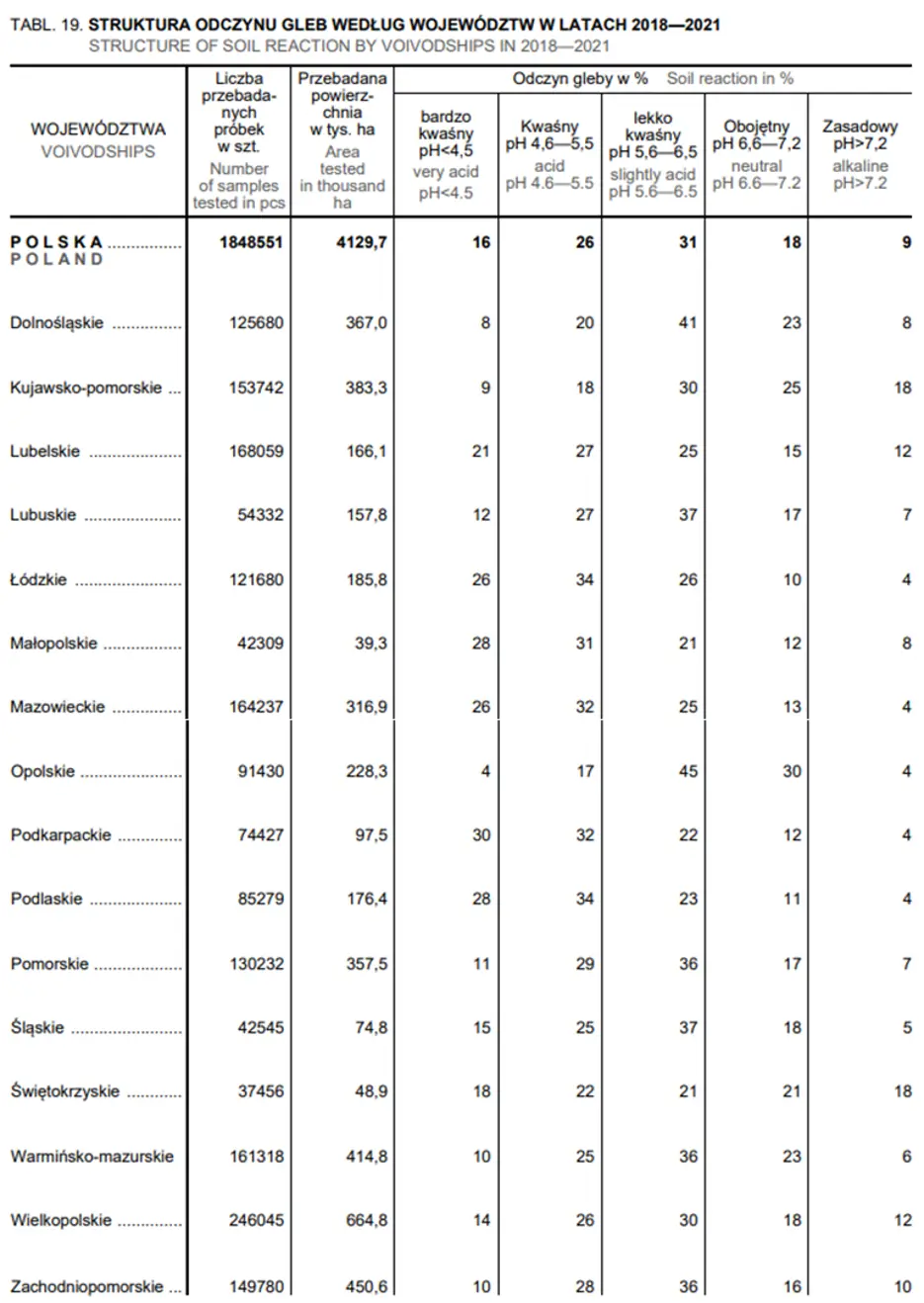
In Poland, brown and loess soils dominate, along with podzols (Fig. 1, Fig. 2). These soils are generally acidic, with average to low fertility, mostly classified in the IV-VI soil productivity class (Fig. 3). Therefore, to properly manage them, it is essential to first ensure their correct pH by liming. Liming is a fundamental agricultural practice that should be performed at least every 2 years to maintain soil pH at an optimal level of pH 6.0 (Pietr and Krysztoforski, 2022).
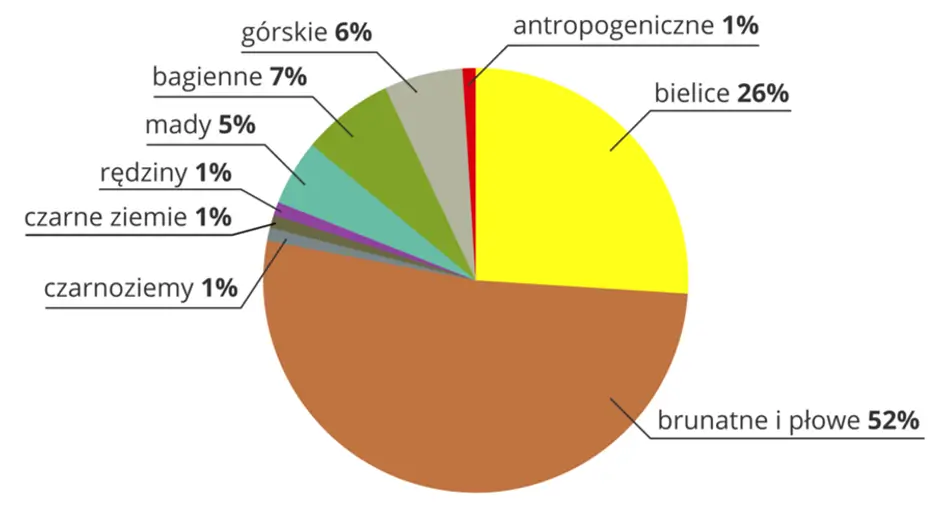
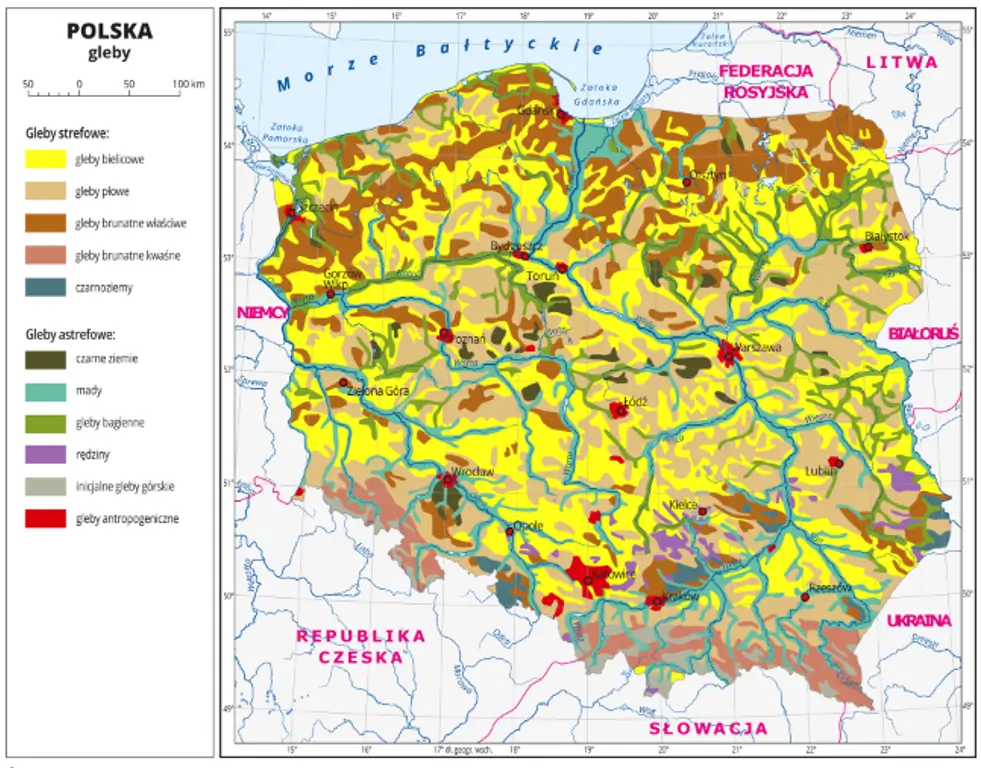
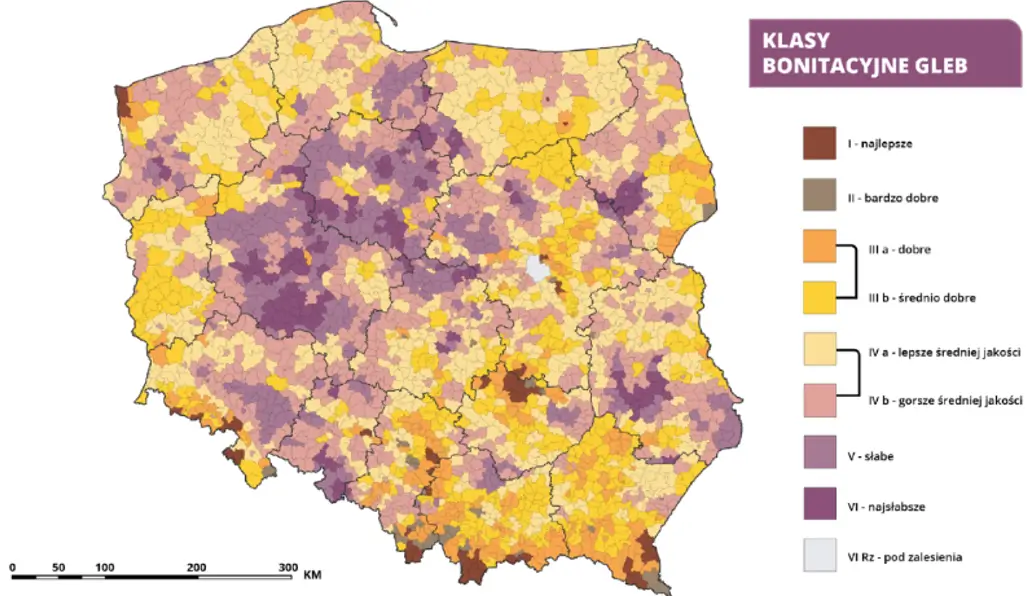
Raising soil pH to 6.0 results in a 40% increase in the efficiency of NPK fertilization compared to the utilization level of these macronutrients at pH 5.0 (Fig. 4). Regulating soil pH to slightly acidic (minimum pH 6.0), as shown by Deja and Remarczyk (2018), leads to increased yields: wheat and barley by 15-30%, rye and oats by 10-15%, rapeseed by 15-30%, and corn by 33-70%. Regulating soil pH through liming positively affects the increase in the number of beneficial soil bacteria. In slightly acidic soils (pH 6.0-6.5), the content of bacteria such as Azotobacter and Clostridium pasteurianum, assimilating free nitrogen from the air, significantly increases (Krysztoforski, 2019). They can supply plants with up to 30 kg N·ha-1, contributing to yield increase.
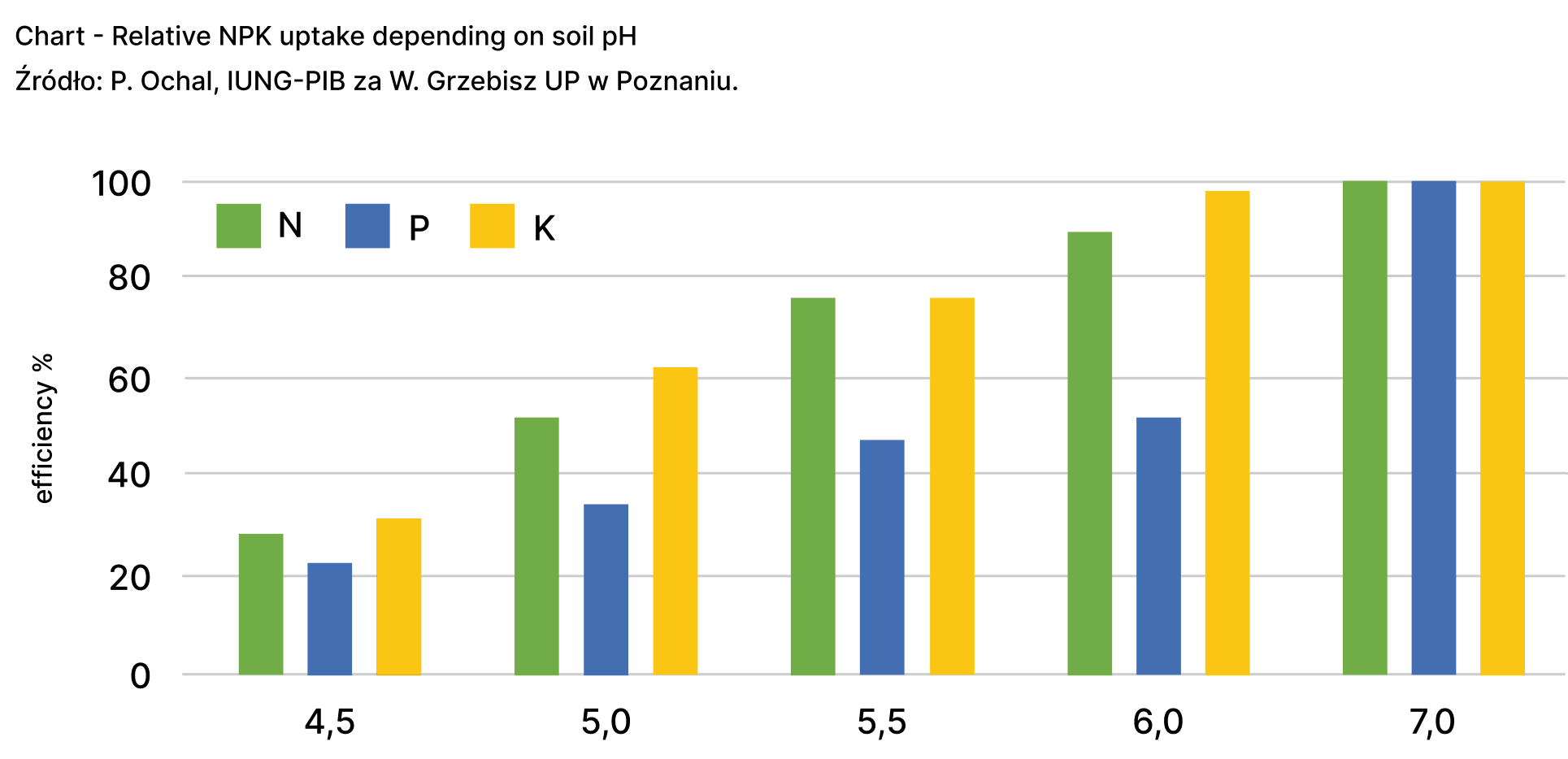
Liming soil with small fertilizer doses stabilizes soil microbiology (Pietr and Krysztoforski, 2022) and reduces the concentration of aluminum ions, whose high content in the soil solution causes growth cone deformation and root hair death (Fig. 5). Therefore, this practice positively influences the development of the plant root system, which is particularly important in years with significant deficits in rainfall available to plants (www.duka, Delhizei Ryan 1995).
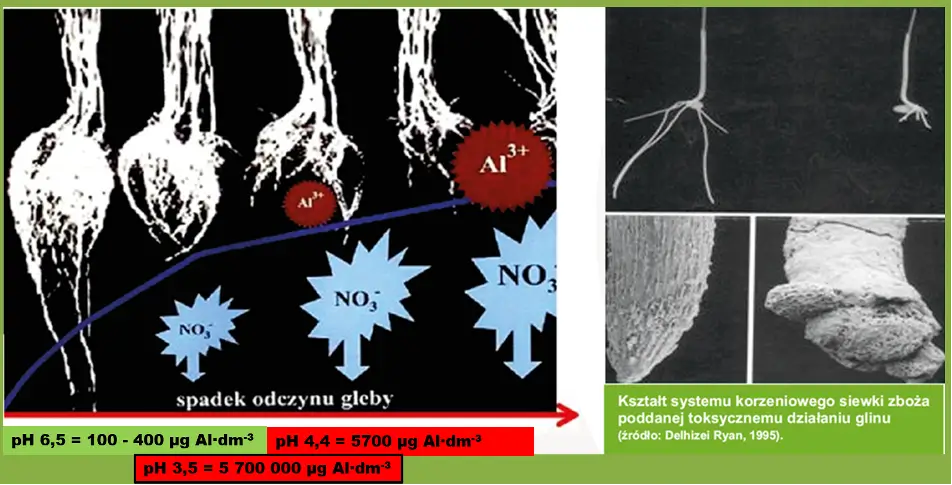
Liming soil also increases the content of soil humus, which stores water for plants during periods of rainfall deficit. It has been shown that a 1% increase in soil humus content increases the water-holding capacity of the soil by 80 m3 per hectare in the accumulation horizon (Pietr and Krysztoforski, 2022). This is particularly significant for Polish crops, where grains dominate in the sowing structure, cultivated on an area of 5.9 million hectares. Among grains, winter wheat occupies the largest area – 2,283,491.66 hectares (stat.gov.pl). It is a very demanding crop. Wheat should be cultivated on good soils, i.e., medium with pH 6.0 and heavy with pH 7.1. The appropriate soil pH allows winter wheat to develop a strong root system, which ensures greater winter hardiness and resistance to drought and diseases. A well-developed root system provides winter wheat with adequate supplies of N, P, K, Mg, and other essential elements. Calcium fertilizers (mainly granular forms) should be applied before sowing the previous crop, which is not sensitive to fresh lime application. The lime should be thoroughly mixed with the plowed soil layer. In the case of winter wheat cultivation, very good results are also obtained by topically applying granular carbonate lime, such as Polcalc III Generation, at a dose of 500 kg∙ha-1 to 1000 kg∙ha-1. This fertilizer can be applied from the autumn emergence of wheat until the beginning of November. Winter application of granular Polcalc III Generation lime is also possible. Exceptionally, liming can be done in early spring (very low pH inhibiting growth, weak rooting, and tillering), but no later than 3 weeks before the nitrogen fertilizer application date and the start of vegetation, when the soil undergoes a very slow thawing process. In the morning hours, the soil is frozen enough that without damaging its structure, it can be driven into the field with a spreader and sow 500 kg∙ha-1 to 1000 kg∙ha-1 of Polcalc III Generation. During the day, the surface layer thaws, and the fertilizer slowly reacts with water, initiating the process of surface soil deacidification (Fig. 6). When applying lime in spring, however, some nitrogen loss from applied mineral fertilizers must be taken into account.
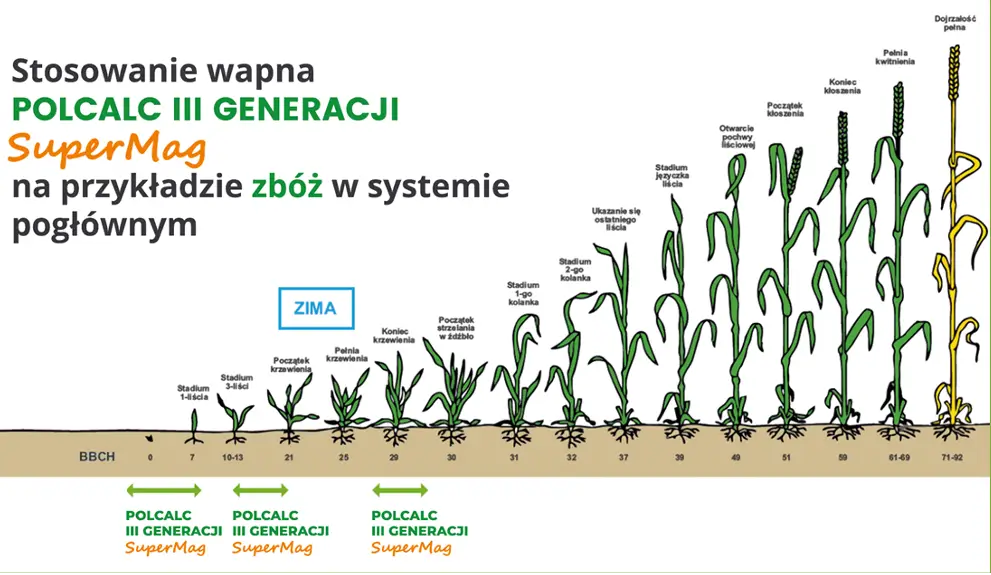
For detailed information about our fertilizer products and their beneficial effects on soil properties, please contact our hotline at 880-880-801. We also encourage you to contact our sales representatives and distributors of our fertilizers, whose current list can be found on our website (www.polcalc.pl).






